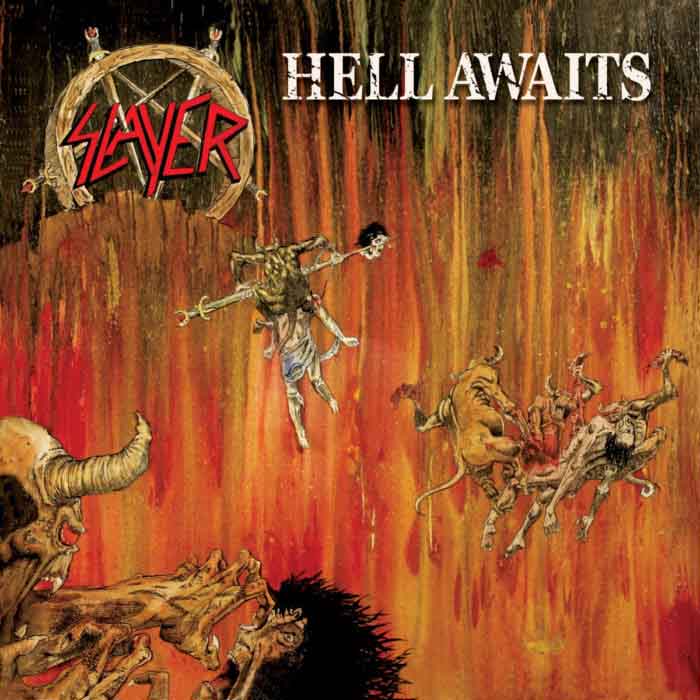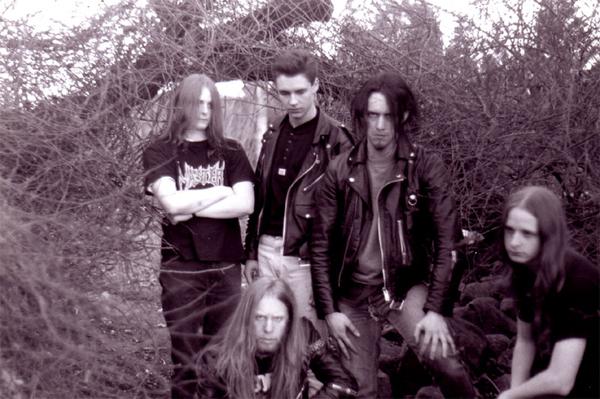
Shawn Wright of Bestial Evil USA, who has in the past acknowledged his SJW status before embarking on a campaign to remove my Facebook account by complaining to Facebook’s SJW admins, has experienced yet another humiliating internet meltdown.
After the release of the most recent Bestial Evil USA album, Infectious Cross, which achieved zero acclaim for its generic Discharge-meets-Immolation style of metalcore, Wright was seen on Facebook berating at length those who were less than impressed by the album. This made it all too easy for one internet troll, who got under Wright’s skin and relentlessly led him on, provoking the apparently credulous Wright into a tantrum.
“I’ll bring some presents with me,” Wright said, in response to a transparent taunt. He promised to come to Texas and “smack the bitch out of you,” apparently forgetting that he was in the past accused of sexual assault and misogyny. Undeterred, Wright raved on: “We will play with War Master one day and I’ll be right there to hand you back your teeth one by one.”
Apparently not realizing that he was being provoked into a foaming rage, Wright continued with a barrage of insults and memes before the troll lost interest and stopped responding. At that point, realizing that he was talking to himself, Wright posted a final salvo and departed into the empty night.
#MetalGate exploded when metalheads began standing up to bullies who, hiding behind political correctness, were forcing their mediocre work on the metal community through the type of guilt that would make a priest grin. After they were called on this, their audience evaporated outside of the SJW circle, which continues to dwindle as people realize that passive-aggressive bullying is no way to go through life.
18 CommentsTags: bestial evil, metalgate, shawn wright, sjws, war master











